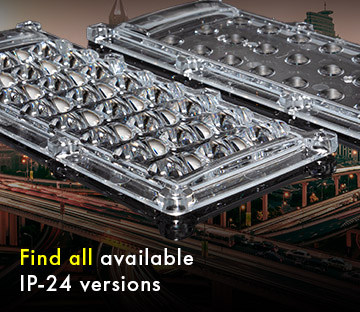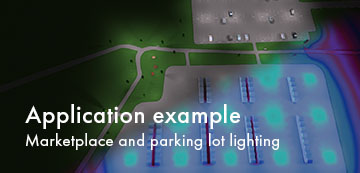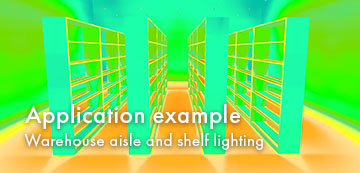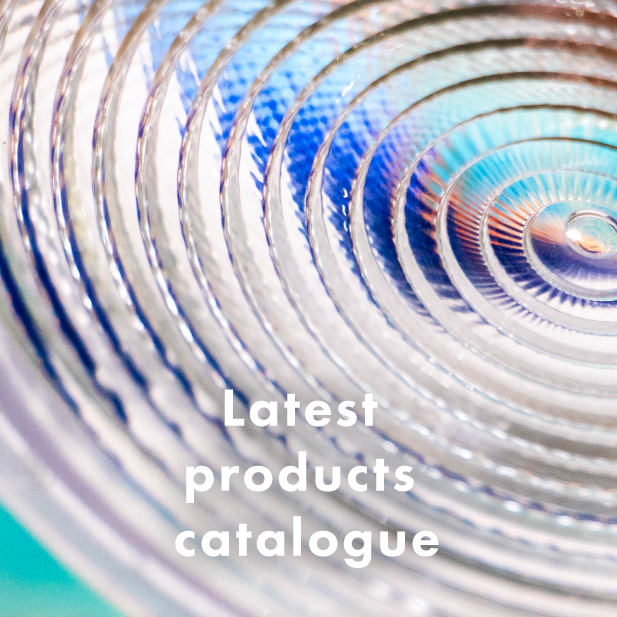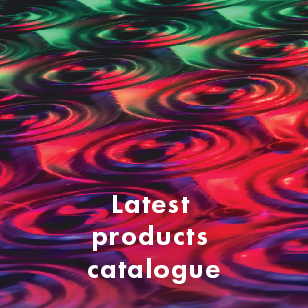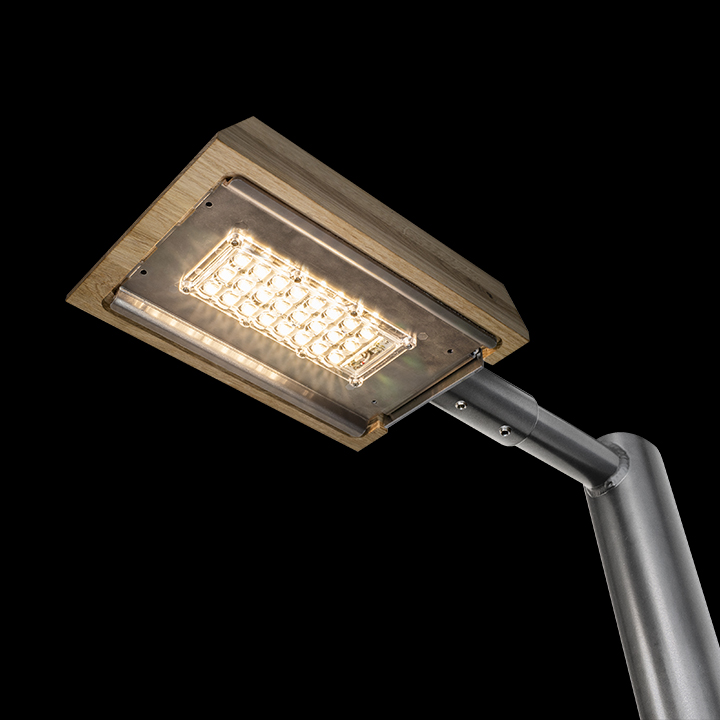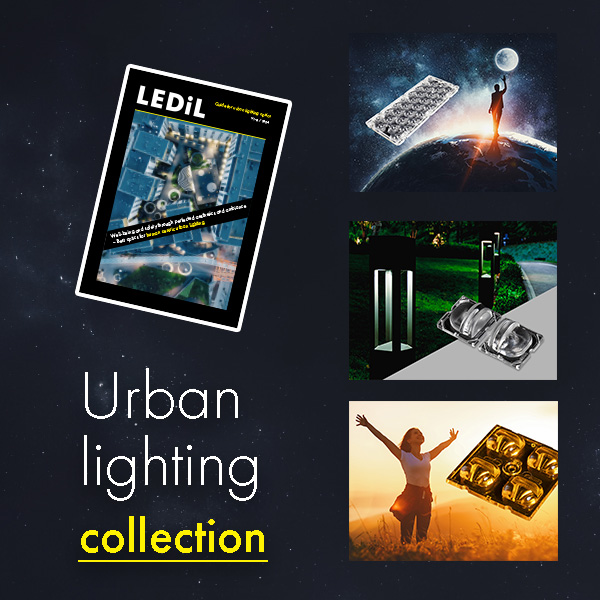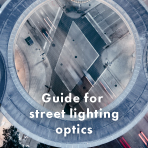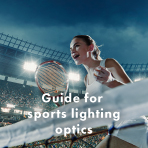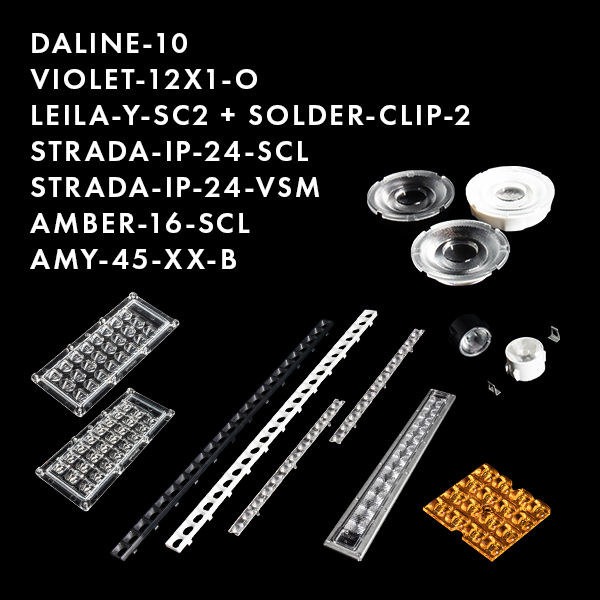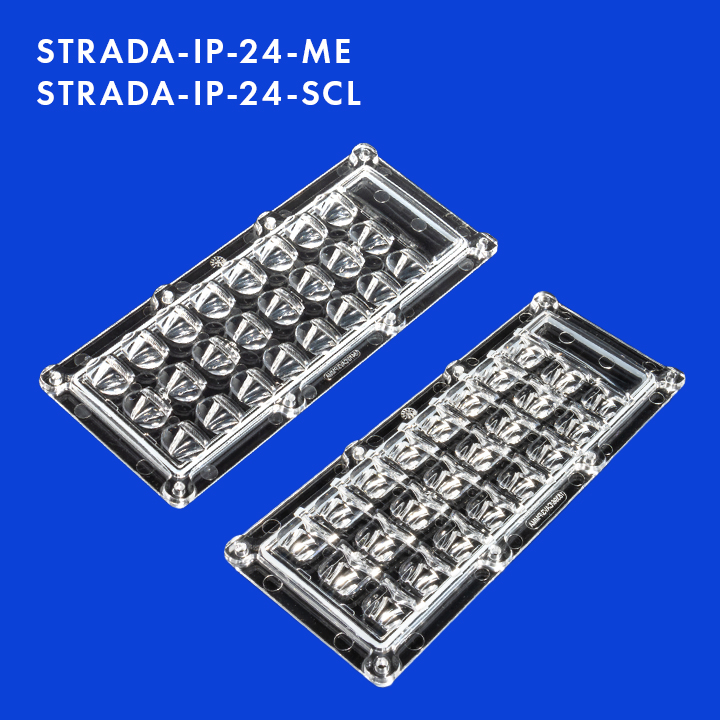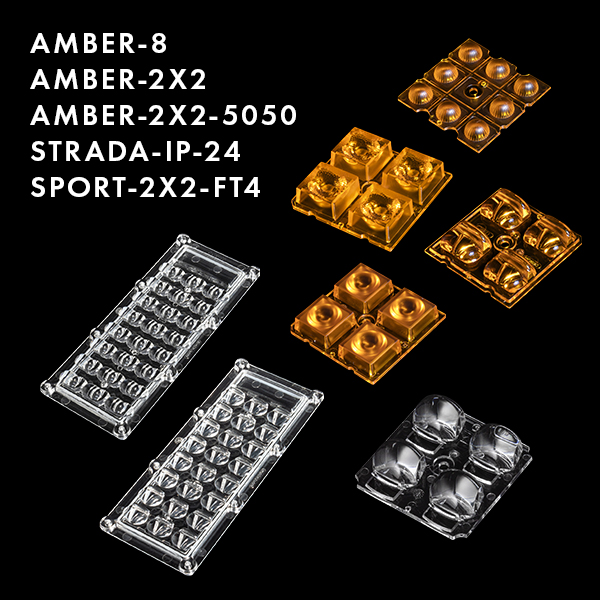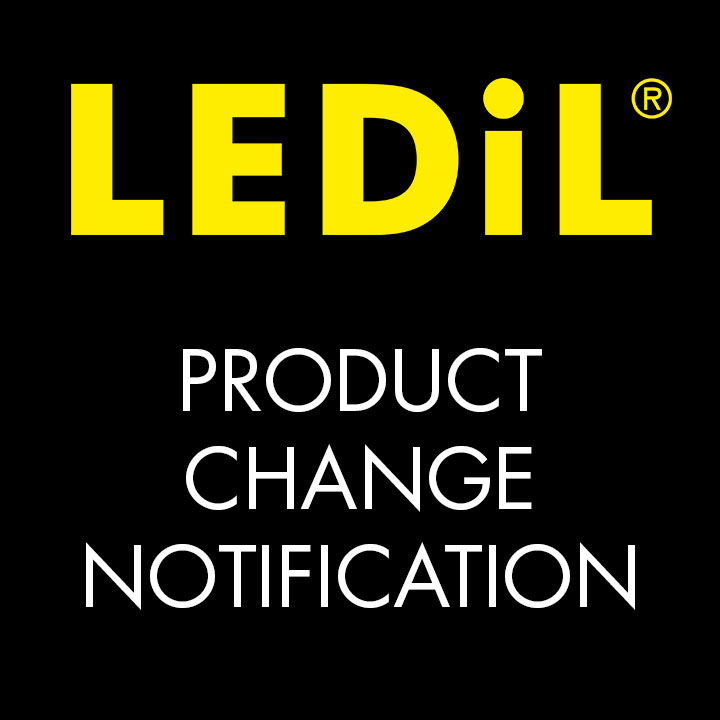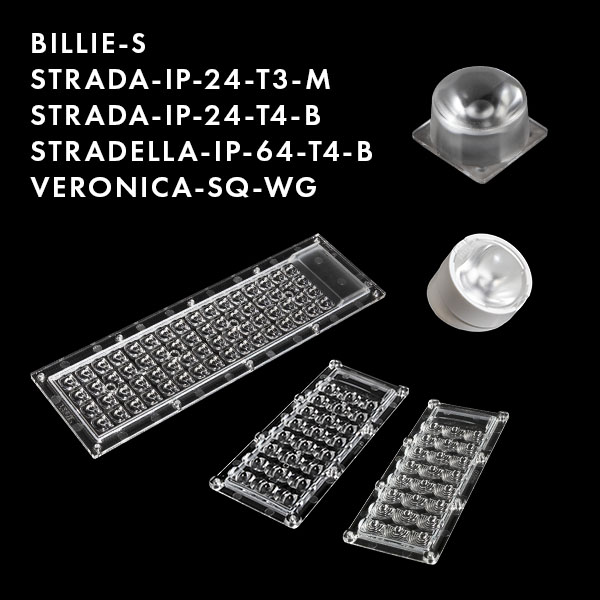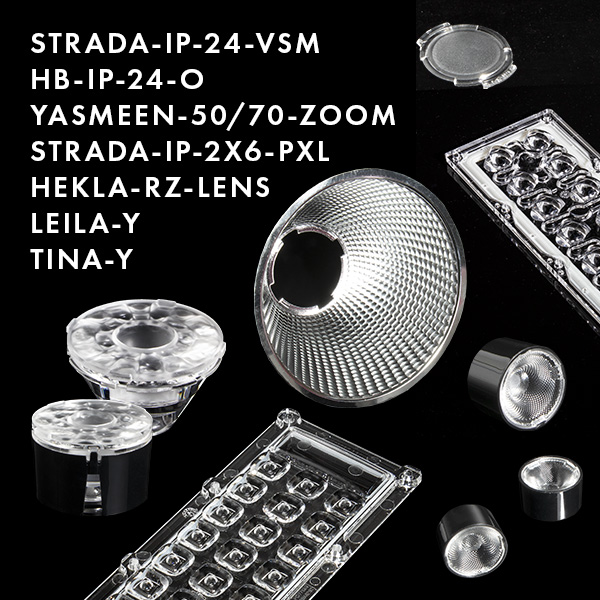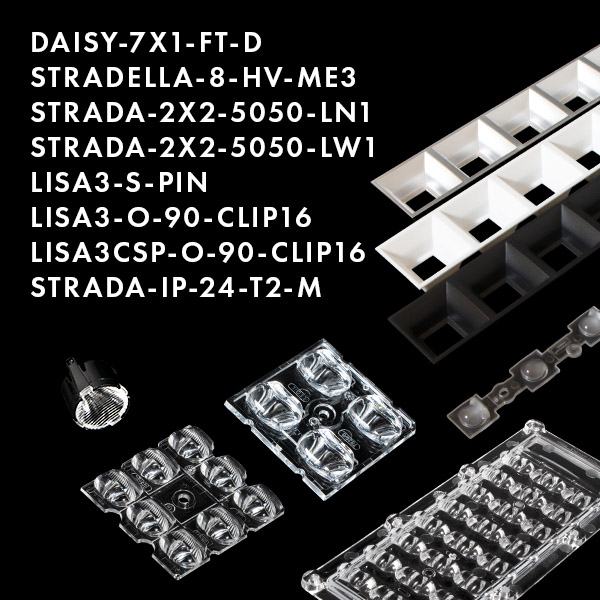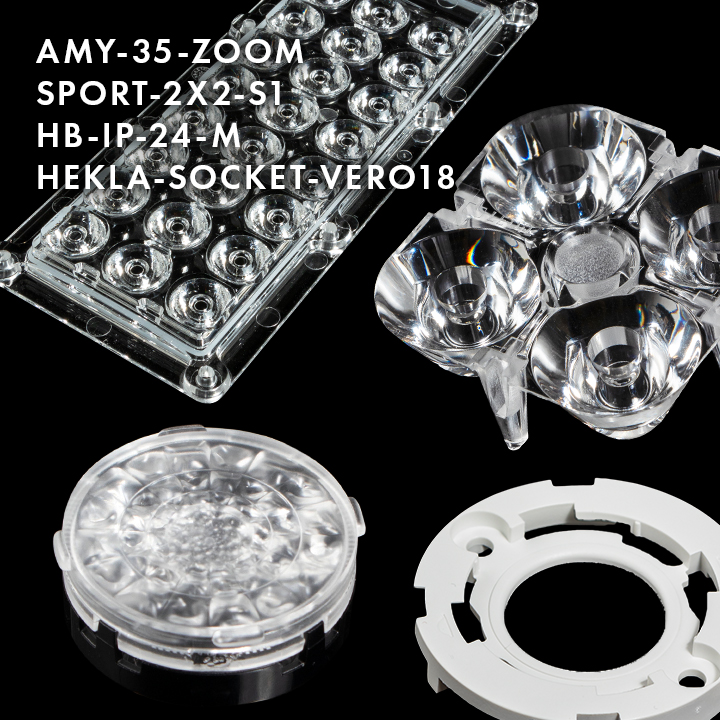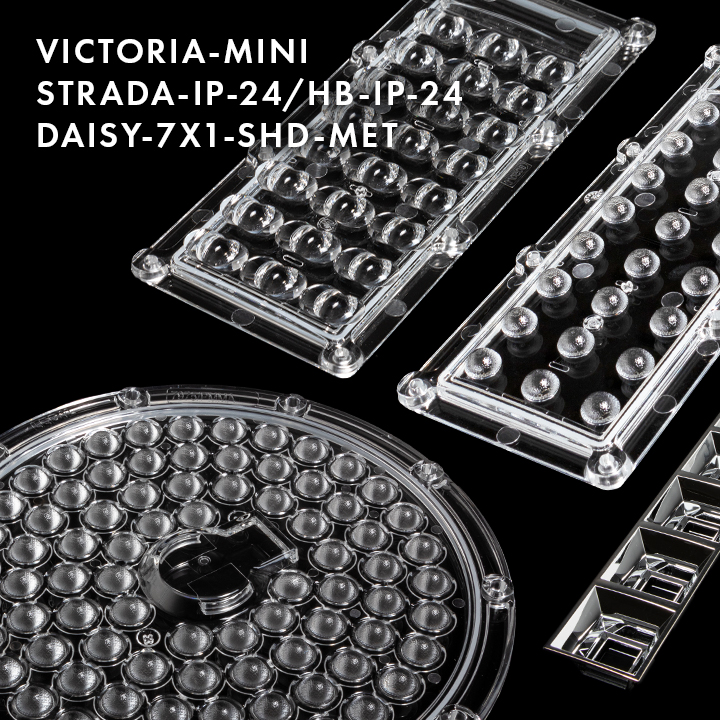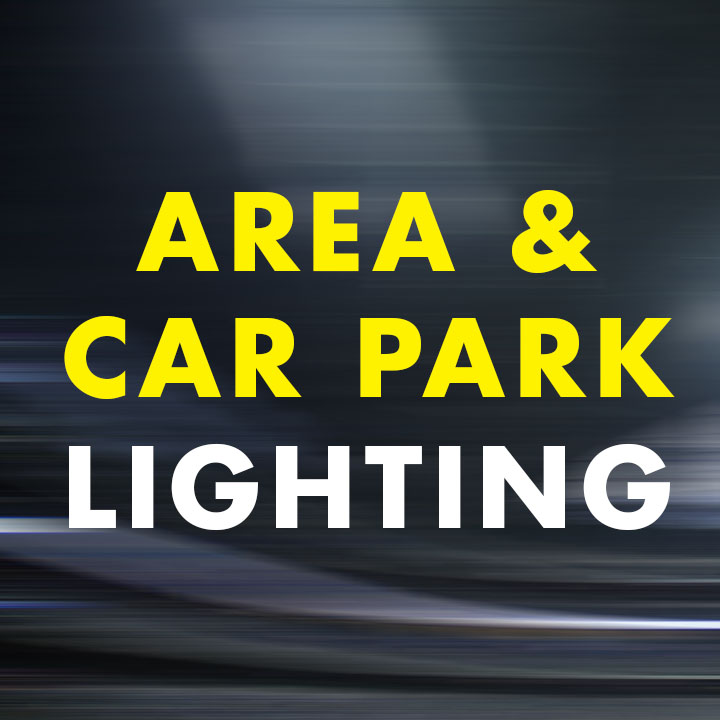News
STRADA-IP-24 – Real value for luminaire designers and end-users
More versatile luminaires + reduced expenses in portfolio, logistics, and energy use.
They say imitation is the highest form of praise, which is no doubt why our new STRADA-IP-24 family has received quite a lot of the latter, and somewhat of the former. Read on to learn the real value and most important reasons for choosing our IP-24 led optics for your luminaires and applications.
Lens design and performance – True scalability
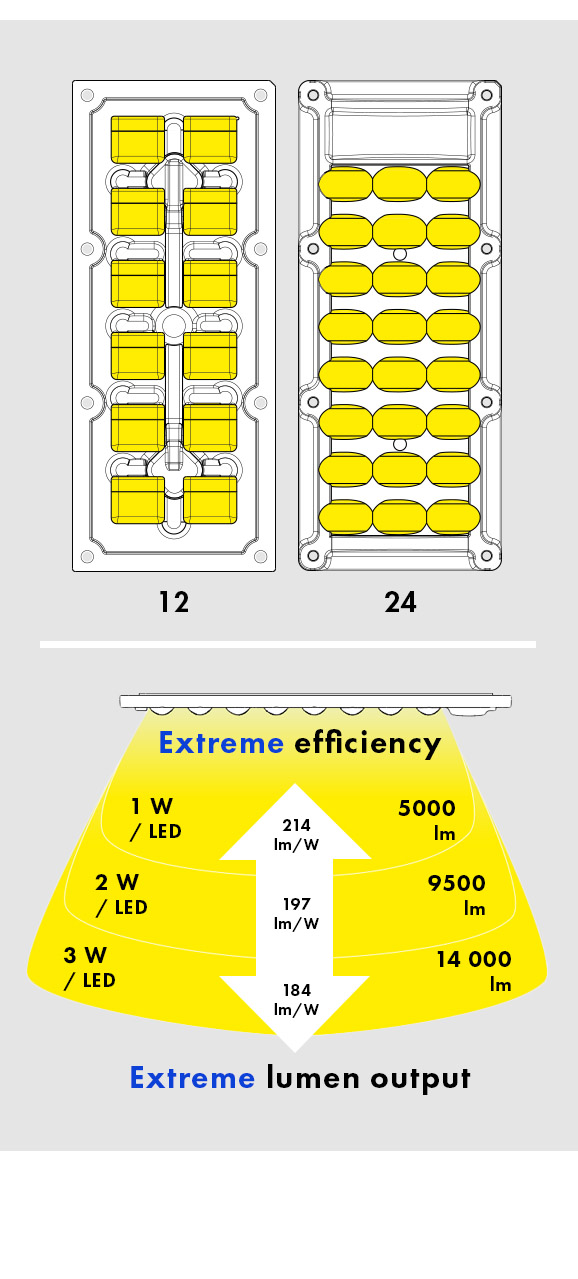
LEDiL’s IP-2X6 lens portfolio has been around for a very long time and is valued in luminaires around the world. So, when we started to design the new IP-24 platform we wanted to make sure we followed the original 2X6 lens design as much as possible. Obviously the number of LEDs and their positions could not be left untouched, but the outer dimensions and screw holes for the installation remain identical.
Good optics are all about performance, and thanks to our patented optical designs and dense layout for 5050 size LED packages, the IP-24 can really shine in both efficiency and lumen output. When under-powering the LEDs with close to 1 W each, one single IP-24 lens module can provide around 5000 lumens with a staggering 214 lm/W efficacy. By raising the LED power to 3 W each, the same lens can provide around 14 000 lumens with a still astonishing 184 lm/W efficacy.
These figures do not yet include driver efficiency, but this versatility means there is huge scalability potential to match different power levels to different applications and areas with just a few, or even just one, luminaire design.
Luminaire portfolio – More with less + new opportunities
Upscaling the luminaire design to include more LEDs and optics is practical, and sometimes necessary, but if most of that scalability could be done within the same fixture size, or even reduce the amount of fixtures needed altogether, it brings a whole new conversation to the table.
Below, you can see an example where a luminaire portfolio of 20 W, 40 W, 75 W and 120 W power class luminaires are upgraded to IP-24. The 20 W power class luminaire could be left untouched as it can still run efficiently with the original 2X6 lenses, but when more power/lumens are needed, the IP-24 provides much more efficient performance. Not only does this mean a more streamlined portfolio with one fixture size dropped from the inventory, but the new line-up of luminaires can also be smaller, made with fewer components, and achieve the same lumens while using less power.
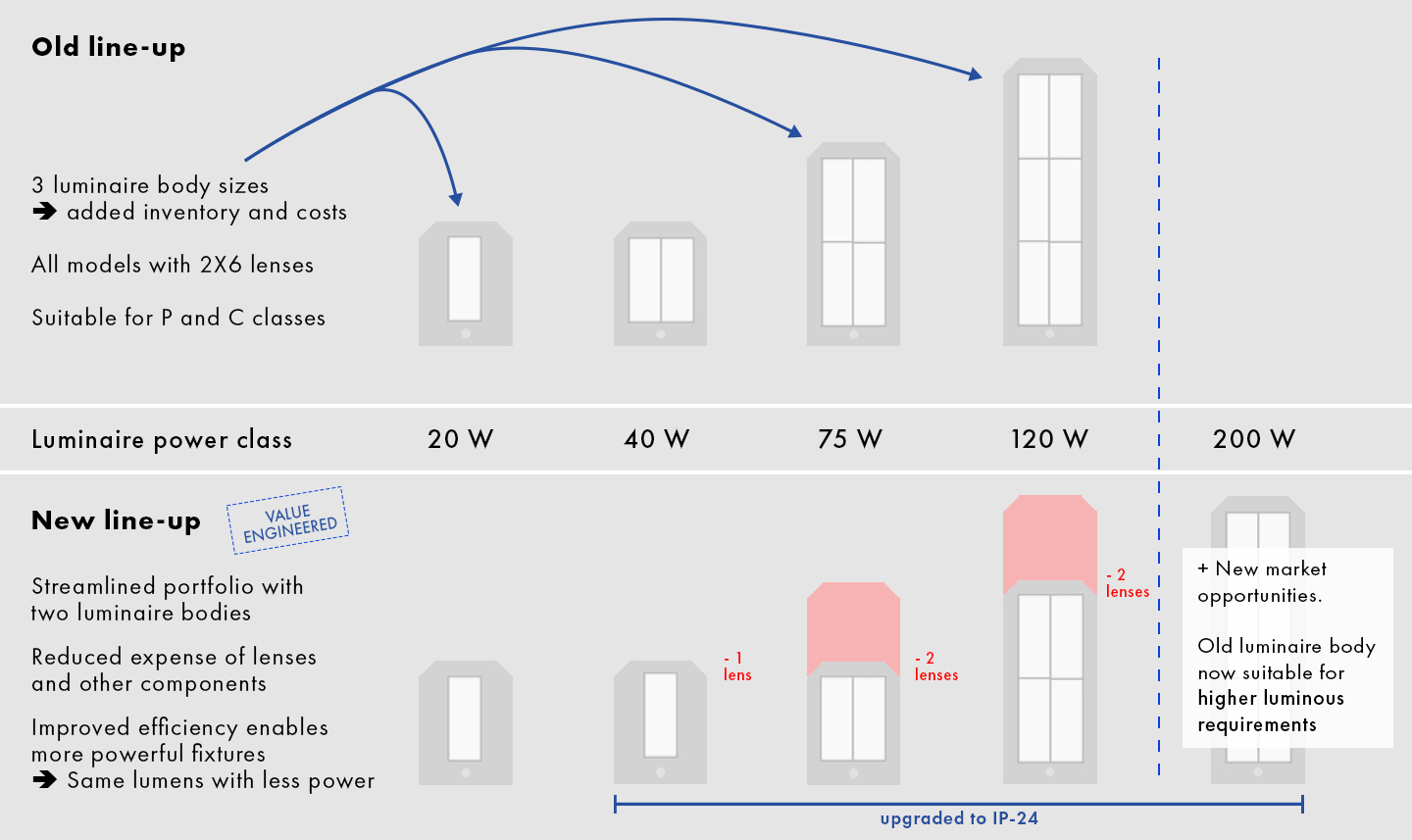
Notice that the luminaires don’t need to spend the power class wattages, those are just terms we have been used to carry on from the past.
And what about the savings? The BOM (bill of materials), including number of lenses, other components, aluminium, and even smaller drivers, will all bring savings in manufacturing, inventory, and logistical costs.
Alternatively, the 120 W power class luminaire could be upgraded to have the equivalent lumens of a 200 W power class luminaire and used to serve new markets previously unavailable.
Applications – In-use-efficacy and durability
The base for efficient and powerful luminaires is now set. What does it mean in practise?
Below, you can see an example of energy and emission calculations made for just 1 km of road. The lumen output is the same for all, but the required amount of energy and electricity is not. The calculations include a driver efficiency of 88 %.
With four LEDiL IP-24 lenses in a single luminaire driven for maximum energy efficiency we get a 158 lm/W wall plug efficacy. In power consumption it means just 16 000 kWh of electricity a year. If using a more compact luminaire with just two LEDiL IP-24 lenses we get a 136 lm/W wall plug efficacy and close to 19 000 kWh power consumption a year.
As a result, the “efficiency mode” gives the lowest cost of ownership, but the “performance mode” is not much more and provides other benefits in terms of less environmental stress, with reduced materials, inventory, and logistics.
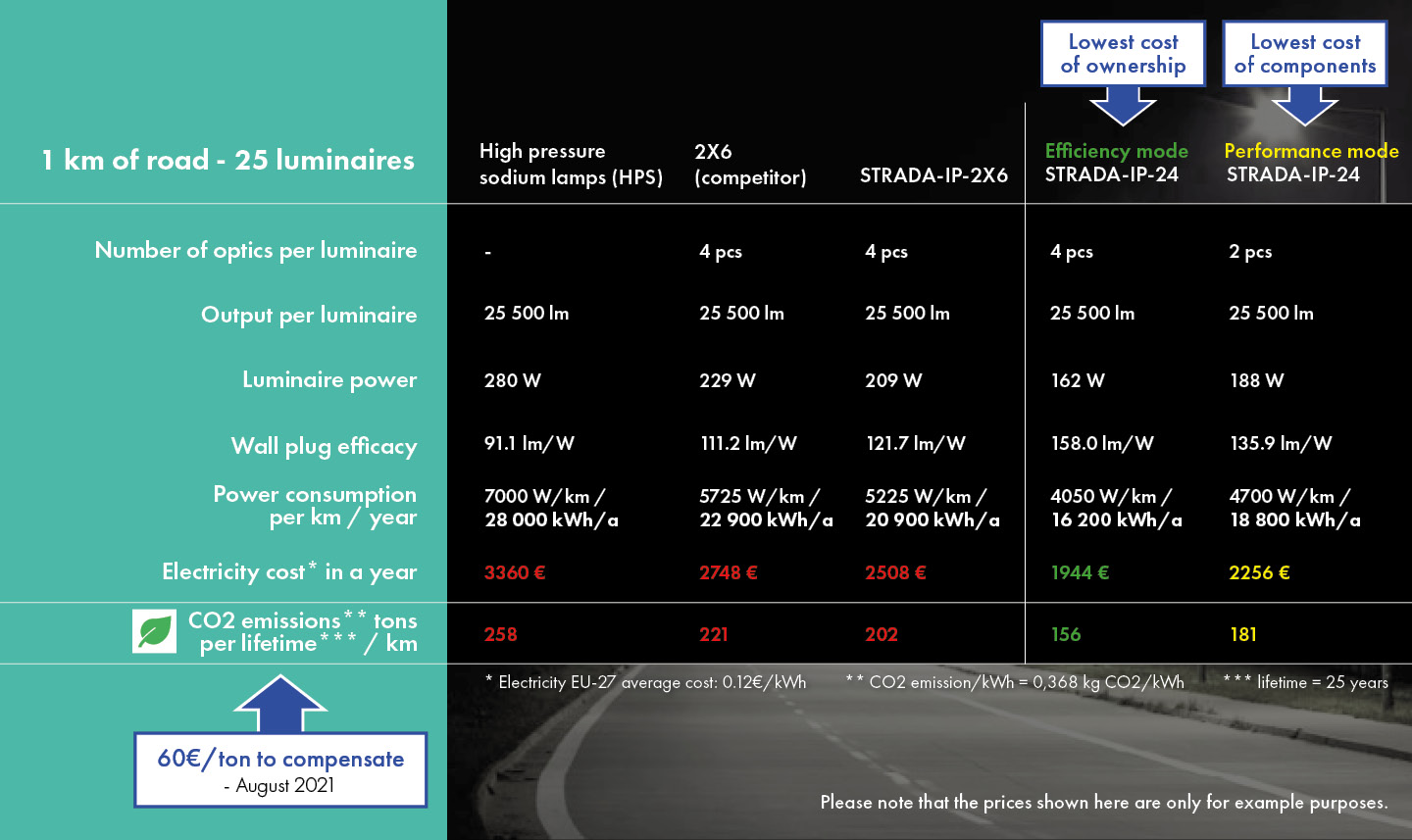
So, the actual cost and in-use-efficacy is a sum of many factors but is heavily related to the component and material choices made at the beginning of the luminaire design process. In addition to the facts and figures shown here, the outdoor suitability against UV-radiation, level of ingress protection, and optimised light quality for each road setup, also need to be taken into account.
Some words about sustainability and EU taxonomy
In lighting, CO2 emissions mainly come from the electricity used, and this needs to be cut as much as possible. Therefore, we have included CO2 emissions in the calculations above in tons per lifetime (25 years), because they also come with a price tag.
In Europe, it is a concrete sum in euros – which is constantly growing – but all around the world we also pay a price for our emissions one way or another. The global taxonomy market for pollution allotments makes it a race where those who pollute less will benefit the most.
To learn more about our IP-24 LED optics please contact us here.
Are you a luminaire designer/manufacturer?
Download 2D-files and datasheets


